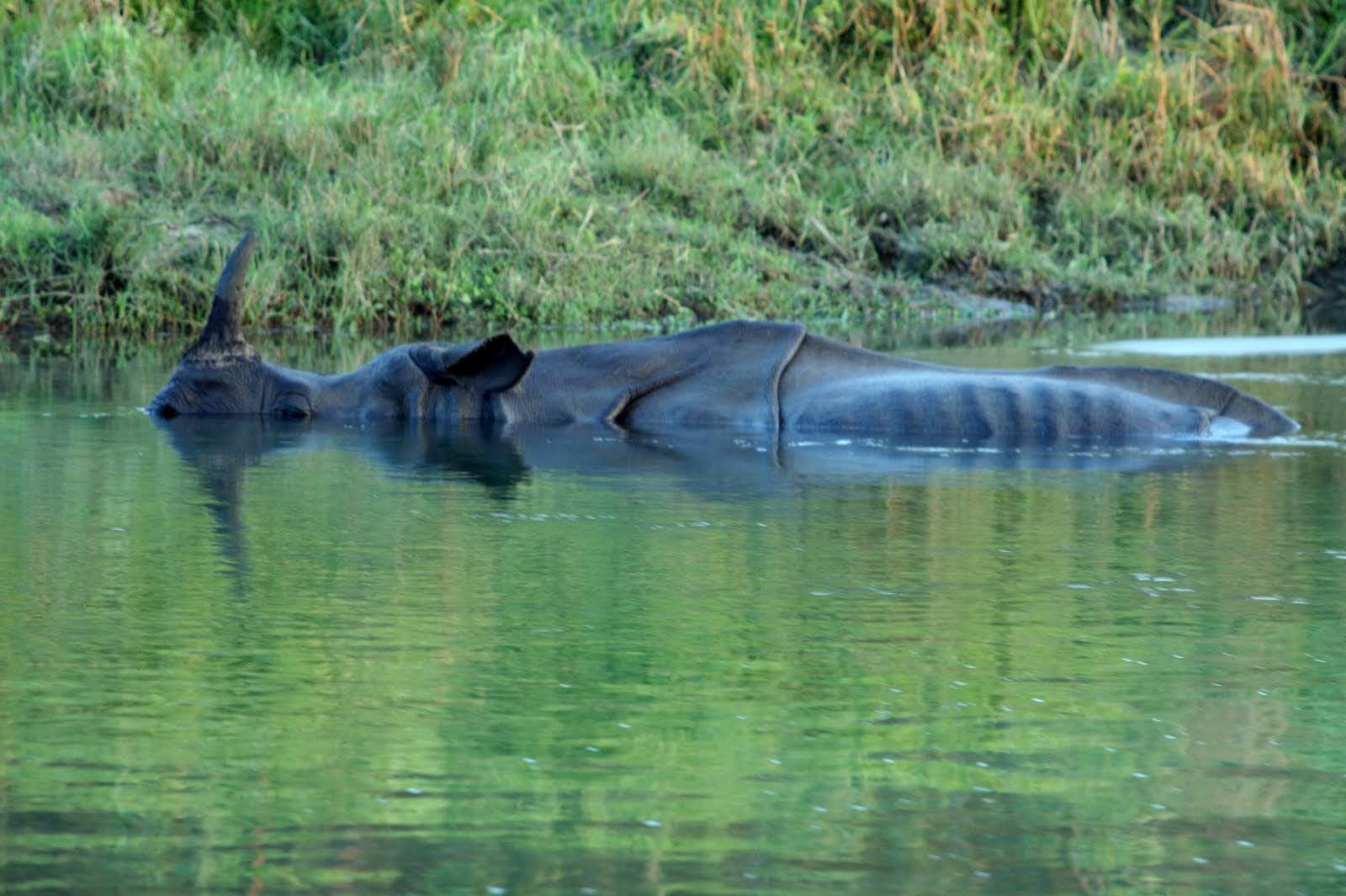

Nature & Wildlife
2 Nights & 3 Days
Easy
400 Meters & 1,312 Feet
Any number
March-April & Oct-Nov
A popular and oldest national park of the country, listed as Asia’s best park for wildlife, located subtropical lowlands Terai belts of South-Central Nepal, the park was designated as a World Heritage Site in 1984. The Park covers a pristine area with a unique ecosystem of significant value to the world. It contains the Churia hills, ox-bow lakes, and flood plains of the rivers Rapti, Reu, and Narayani. There are more than 43 species of mammals in the park. The Park is famous for the endangered and elusive “Royal Bengal Tiger”.
The park is home to the one-horned Indian Rhinoceros, freshwater Gharial crocodile along with many other common species such as gaur (Asian bison) wild elephants, four-horned antelopes, striped hyenas, pangolins, Gangetic dolphins, monitor lizards, and pythons. Other animals found in the park include Sambars, chital (spotted deer) barking deer, sloth bear, palm civets, languors, and rhesus monkeys.
The park is also famous for over 450 species of birds. Among the endangered birds are the Bengal Florican, the Giant Hornbill, the Lesser Florican, the Black Stork, and White Stork. Common birds seen in the park include Peafowl, Red Jungle fowl, and different species of Egrets, Herons, Kingfishers, Flycatchers, and Woodpeckers. The best time for bird watching is around March and December.
More than 45 species of amphibians and reptiles have been recorded in the park, some of which are the Marsh mugger Crocodile, cobras Green Pit Viper and various species of frogs and tortoises. Chitwan National Park is also an educational field for botanists and zoologists alike. The park is actively engaged in scientific studies and research concerning several species of wild fauna and flora.
Chitwan National Park has many lodges and tented camps outside the park and can be reached via overland of 165 km driving distance from Kathmandu or Pokhara, by air about a 20-minute flight to Megauli or to Bharatpur including a short ride on four-wheel drive. It may also be reached by the ultimate way with a surge of adrenaline and scenic floats Rafting on the Trisuli River.
Distance : 165 km
Driving Time : 6/7 hours
Flight Time : 20 Minutes
Max Altitude : 400m/1,312ft
Today we take an early morning breakfast and drive to Chitwan located 165 kilometers from Kathmandu. We descend down along the winding road on the banks of the Trishuli River. After checking in to the hotel, there will be a briefing on the activities we will be engaged in during our stay in Chitwan. We then walk on the banks of the Rapti River to enjoy the sunset in the sub-tropical jungles of Chitwan. In the evening, we enjoy dinner along with a brief cultural program showcasing the tribal dances unique to the Chitwan region of Nepal.
Max Altitude : 400m/1,312ft
Early in the morning, we will be mounted on elephants for a jungle safari through dense grasslands to witness wildlife in its natural habitat. After breakfast, we visit the elephant stables and even enjoy bathing the elephants. During the afternoon we can drive through the jungles followed by a canoe ride down the Rapti River. While canoeing, we may get a close look at the Gharial and Mugger crocodiles along with fresh water dolphins, otters and varieties of water birds. Or, we may even go for bird watching or nature walks and come closer to a variety of wild flora and fauna found in the park.
Distance : 165 km
Driving Time : 6/7 hours
Flight Time : 20 Minutes
Max Altitude : 1,350m/4,429ft
Early in the morning, we spend our time bird-watching as Chitwan National Park is also home to a large variety of resident and migratory birds. We then have breakfast and drive towards Kathmandu. We reach there by evening and enjoy our farewell dinner to celebrate a successful end of our trip in Nepal.